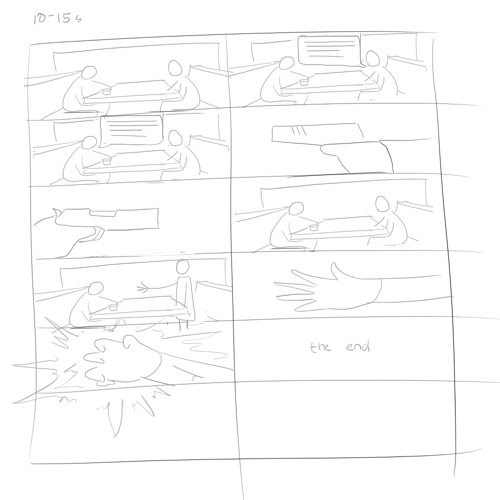Hey everyone,
I wanted to let you guys know I’m finally getting some extra time on my hands. At the moment I’m trying to set the foundation for the Pyblish magenta project for which I want to set up a minimalistic pipeline. I’ve seen some ftrack and shotgun related comments here and there on other topics so I think starting a brief discussion here is a great way to start.
First priority is to get something up and running that would be a nice pick for small studios (think teams up to 10 people).
Goal
1. Set up a barebones pipeline that allows for a customizable folder structure.
- Customizable templates (JSON, XML, YAML; preferences can be discussed. examples with pros/cons?)
- Per project configurations?
- How to recognize what asset a path belongs to? (Or how to know where to write output?)
- What would you consider minimum requirements?
- What do you consider most (or more?) fool-proof?
2. Keep a test-driven and documented workflow.
- Even though I want to keep it minimalistic pipelines/frameworks tend to expand over time, so I consider this to be just as important as getting a good system working.
3. Implement a bulk of SVEC plug-ins.
-
Primary focus would be in Maya at first (especially since I’ve most experience in that area). Some example plug-ins (from some time ago) can already be found in the repository.
- If you’re looking for specific Maya-related Validators let me know and I’ll see if I can add them in.
-
Get them updated accordingly with the API changes when released.
My current development is happening in Github.com/BigRoy/pyblish-magenta and is pretty much a mess at this stage.  After some discussion here to get a good direction for best way forward I’ll start implementing. Once the core is running stable I’ll push it towards the Pyblish repository.
After some discussion here to get a good direction for best way forward I’ll start implementing. Once the core is running stable I’ll push it towards the Pyblish repository.

